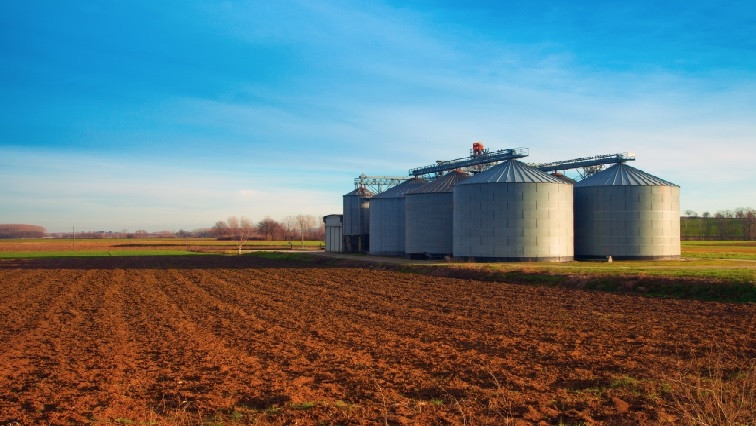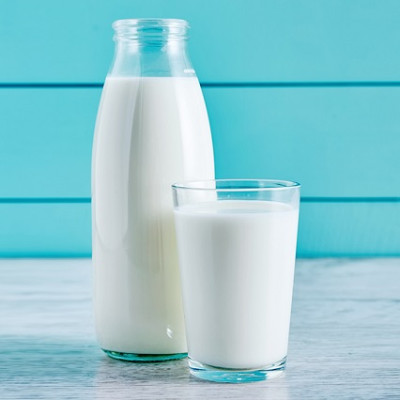The coating is made of silica nanoparticles that are immobilised on the steel surface and modified with a layer of trichloro(1H,1H,2H,2H-heptadecafluorodecyl)silane (THFS), which is a low surface-energy organosilane.
It is shown to decrease bacterial strains over seven days and reduce adherence to Aspergillus, a food-borne fungus.
The group was inspired by lotus leaves that can strongly repel water droplets. Dr Mustafa Akbulut at the University says they have applied these design characteristics to the surface texture and chemistry, managing to modify galvanised steel similarly.
'The superhydrophobicity and antifouling properties work together to make it harder for bacteria to cling to the surface. The superhydrophobicity creates a Cassie-Baxter state with trapped air pockets that minimise contact between the bacteria and the surface. The nano-scale roughness also reduces the available contact area for bacterial attachment,' notes Akbulut.
The coating is applied via a two-step process. First, the steel is submerged in a silica nanoparticle suspension for 24 hours, dried and sintered at 630°C for two hours to immobilise the particles. Secondly, the silica-coated steel is submerged in the THFS solution for 24 hours to allow the organosilane layer to chemisorb onto the surface.
The team has used contact angle goniometry to determine the coating’s superhydrophobicity, showing a static water contact angle of 157 ± 3.6°. Its antifouling has been measured through various assays, including mud coverage tests, fungal growth observations, bacterial attachment quantification using scanning electron microscopy, and agar plating methods.
Electrochemical characterisation has been used to find the corrosion reduction, specifically linear sweep voltammetry and Tafel analysis. These were found to decrease the corrosion rate from 0.00116 ± 0.00013mm/yr for bare steel to 0.00046 ± 0.00017mm/yr for the coated steel in the presence of Salmonella enterica.
The team envisages the coating being used to make grain storage silos, as well as other food-related storage units and containers. They think this could be a boon for different food engineering processes, as well as agricultural farmland by reducing mud-related contamination.
They report using similar approaches on different surfaces including aluminium and plastics such as high-density polyethylene and PVC, albeit with different temperatures.
Akbulut notes the study excludes toxicological testing or safety assessments for human exposure. Determining the coating’s safety for human contact would require additional studies focusing on its potential health impacts and ensuring compliance with relevant regulations for food-contact materials.
Read the original article on Institute of Materials, Minerals & Mining (IOM3).







